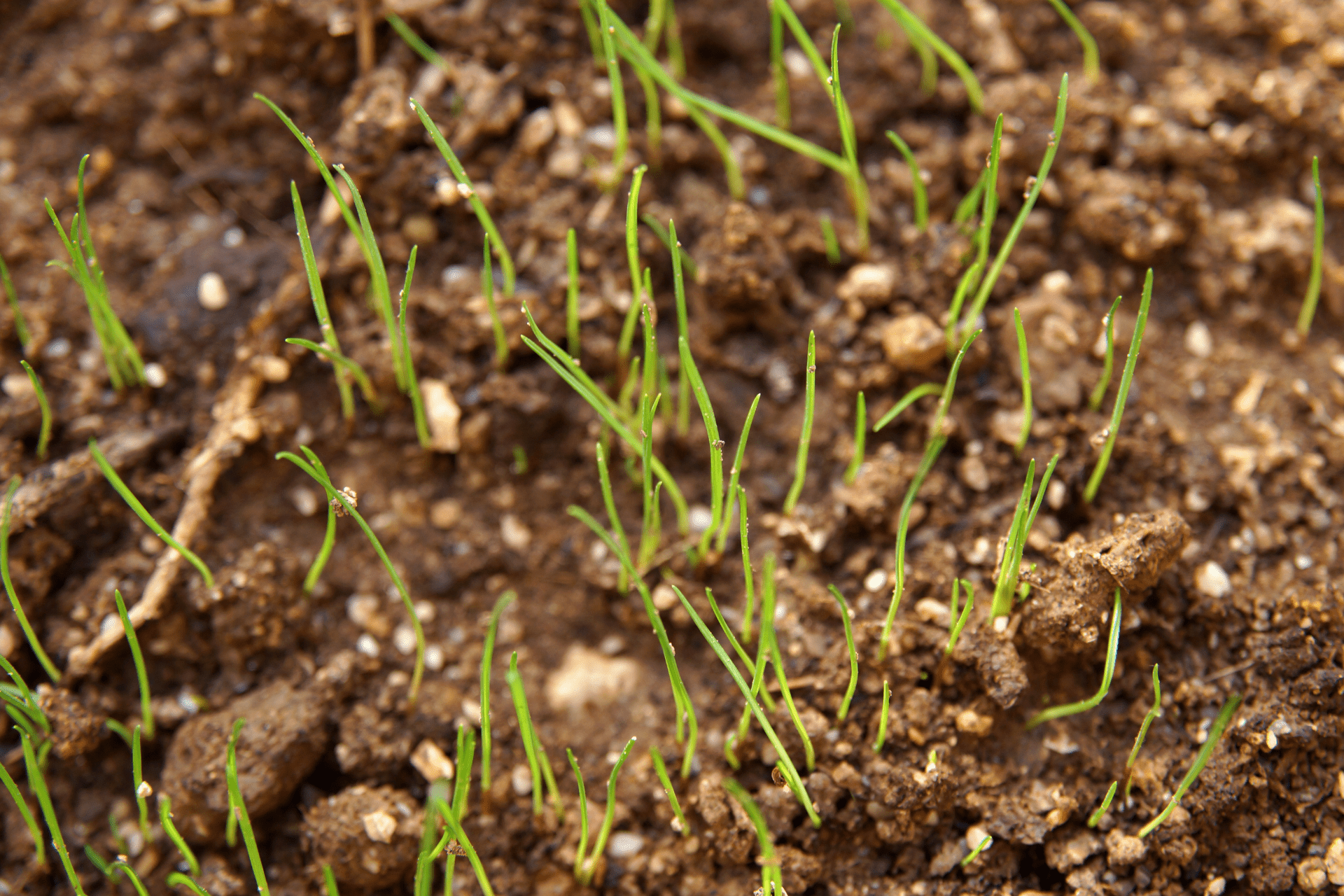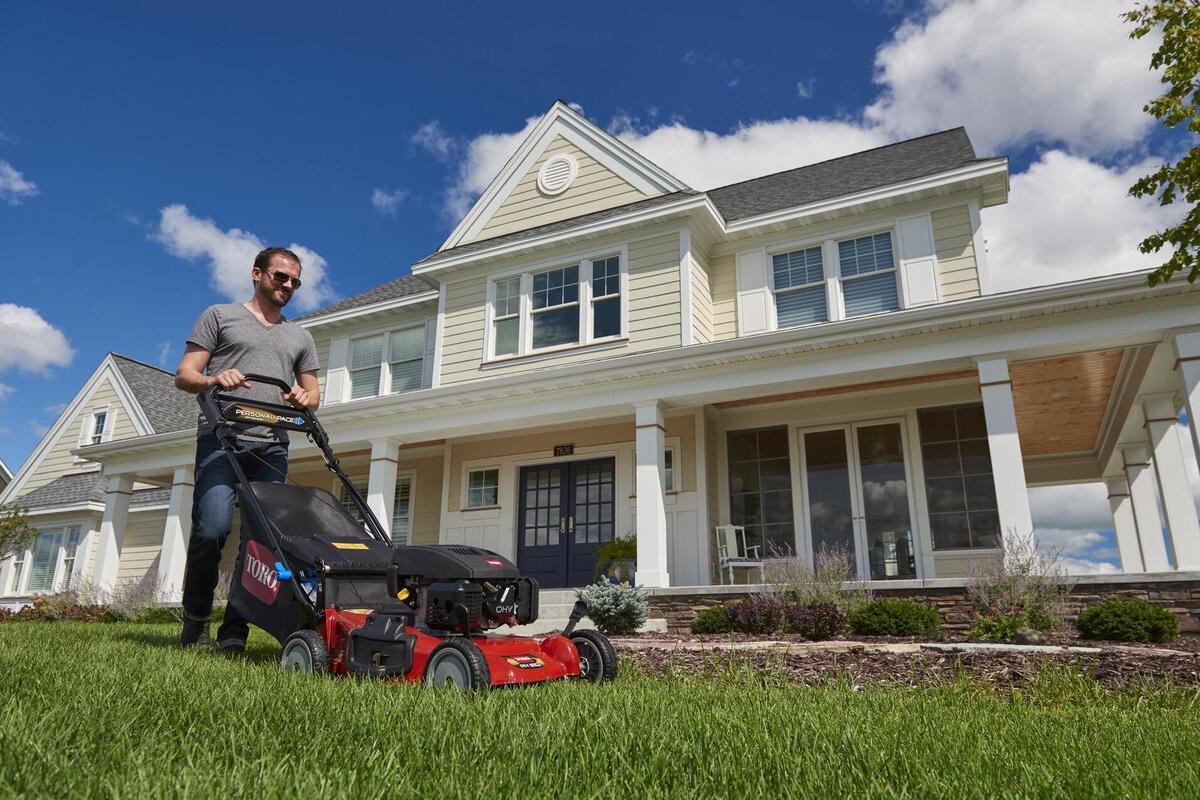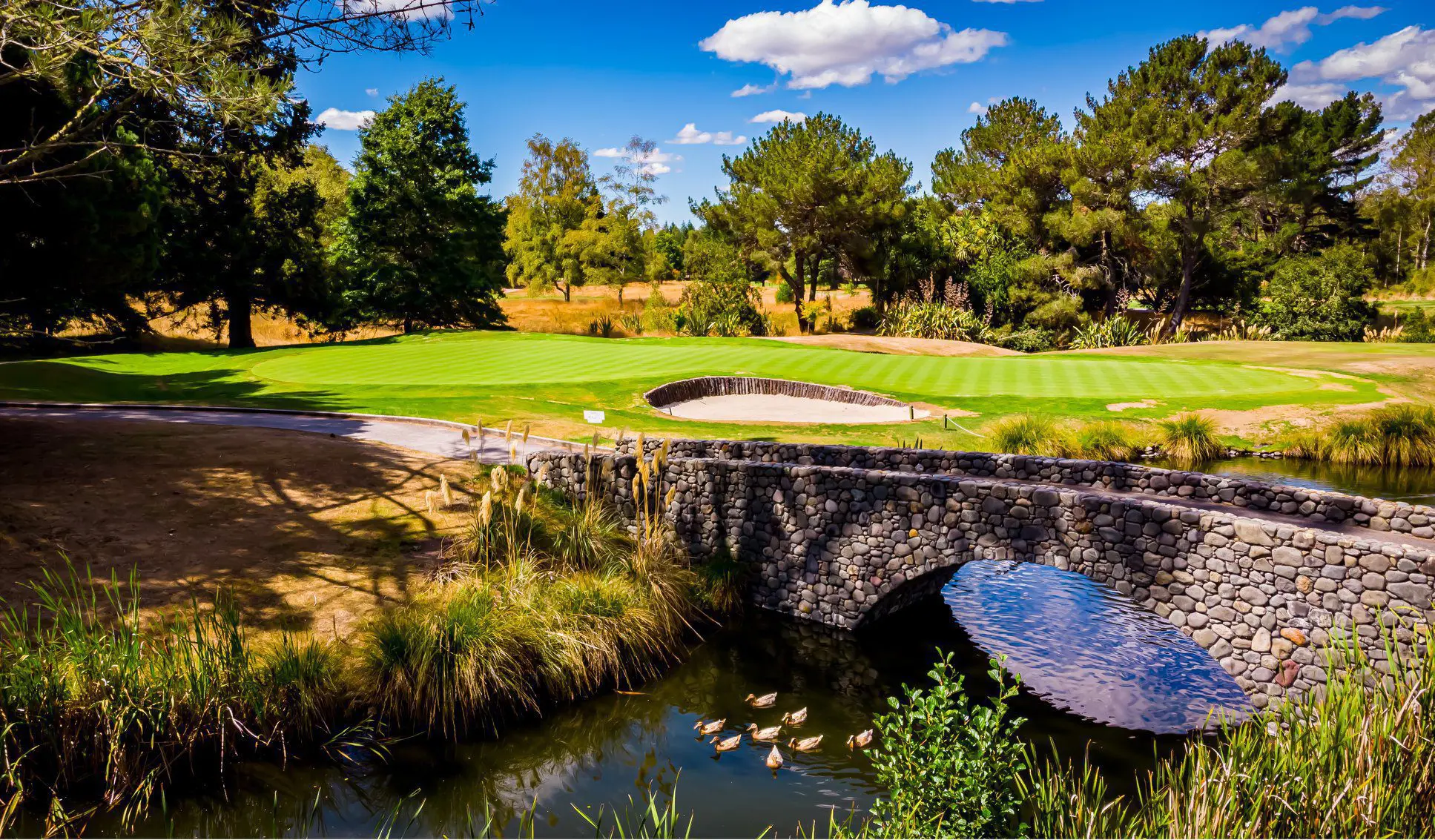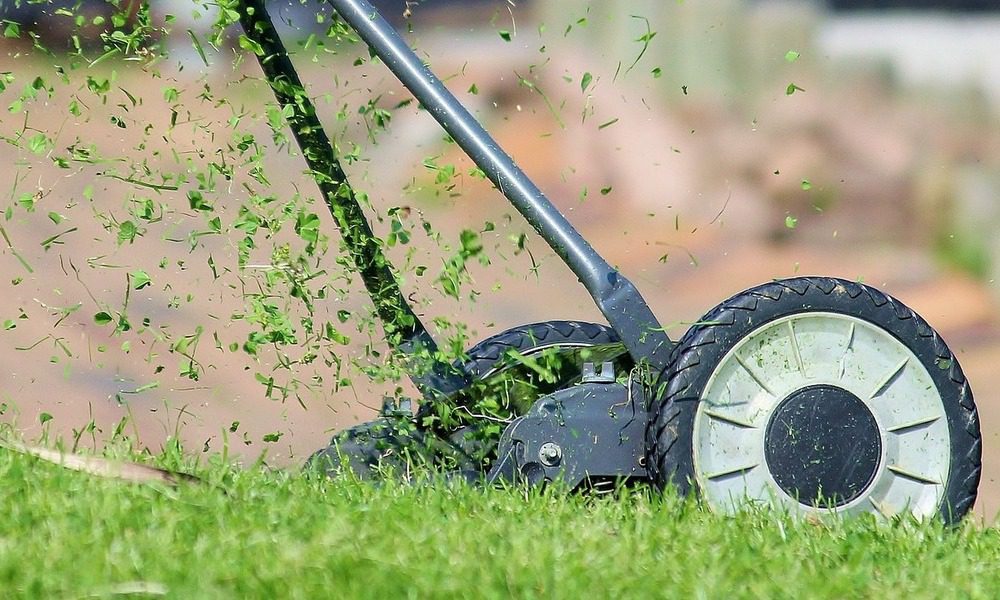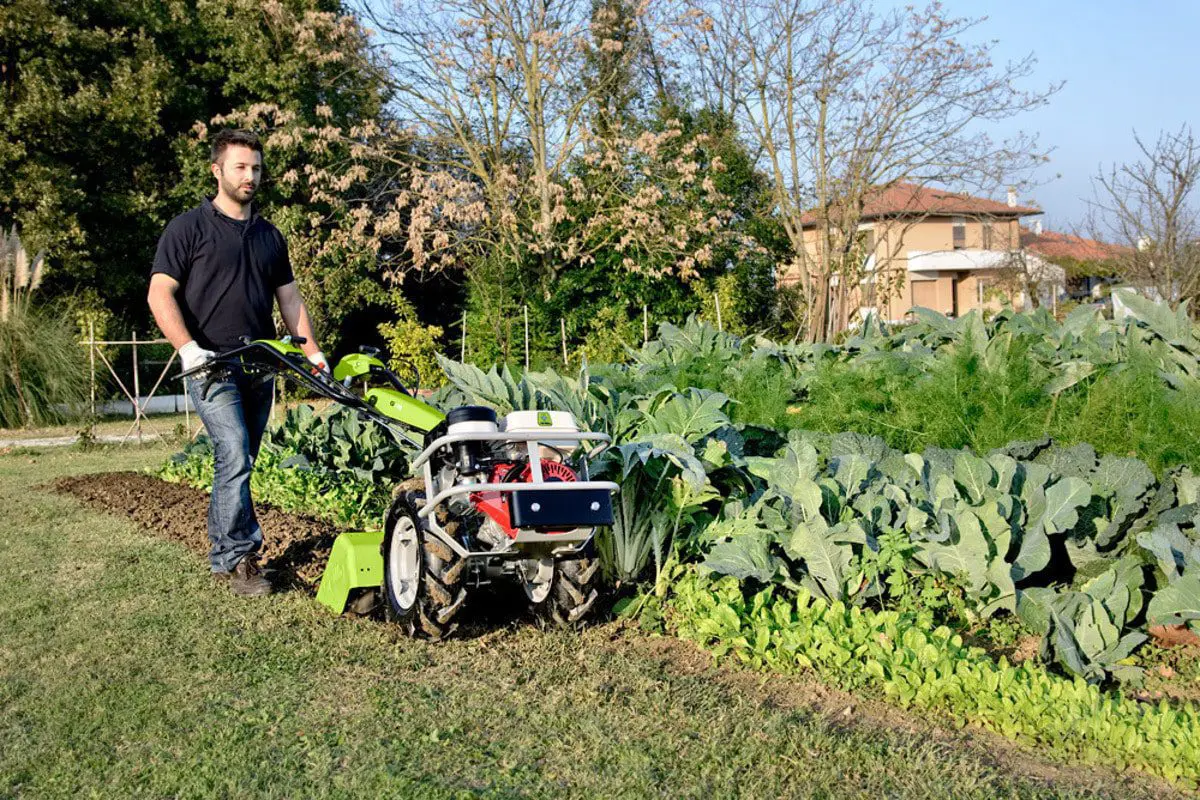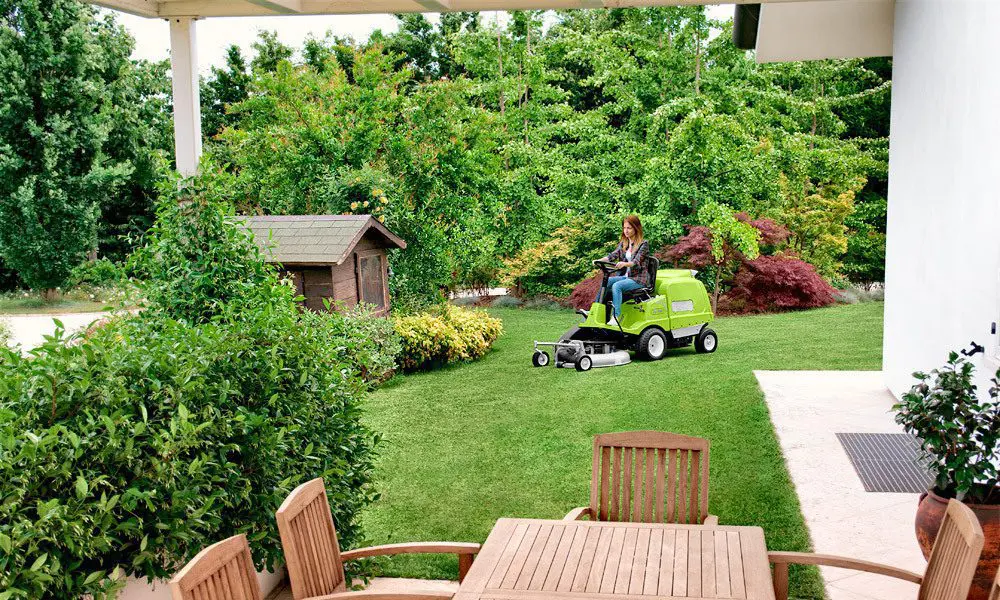Lawn revival: from lackluster to lush
Lawn renovation is a process that involves rejuvenating an existing lawn by addressing issues such as soil compaction, thatch buildup, poor drainage, weeds, and bare spots.
The best season for lawn renovation depends on the region and climate. In general, the best time to renovate a lawn is during the cooler months when there is less heat and the grass is growing slower. This will give the grass time to establish itself before the heat of summer arrives.
In the North Island, the best time for lawn renovation is usually between late March and early May or between late August and early October. In the South Island, the best time is usually between late March and early May or between late August and early October.
However, it’s important to note that the specific timing may vary depending on the condition of the lawn and the type of renovation you plan to do. It’s always a good idea to consult with a local lawn care professional for advice on the best time to renovate your lawn in your specific region of New Zealand.
Does your lawn need overhauling?
These are the main reasons for lawn renovation:
- Wear and tear: over time, foot traffic, mowing, and other activities can cause a lawn to become compacted and damaged, leading to bare spots and thinning grass.
- Disease or pests: lawn diseases and pests can cause significant damage to the grass, resulting in dead patches and weak growth.
- Climate and weather conditions: extreme temperatures, drought, and heavy rainfall can also damage a lawn, making it necessary to renovate it to restore its health.
What are the key benefits of renovation?
- Improved appearance: lawn renovation can improve the appearance of a lawn by making it lush, green, and free of weeds.
- Increased property value: a well-maintained lawn can increase the value of a property, making it more attractive to potential buyers.
- Improved soil quality: renovation can improve soil quality by breaking up compacted soil and adding nutrients to support healthy grass growth.
- Reduced water consumption: a renovated lawn with healthy grass can require less water than a damaged or worn-out lawn, leading to water conservation and cost savings.
- Enhanced environmental benefits: a healthy lawn can also provide environmental benefits, such as improved air quality, reduced soil erosion, and increased wildlife habitat.
How do I do it?
Here’s a step-by-step guide to help you renovate your lawn:
- Evaluate your lawn: before renovating your lawn, assess the current condition of your lawn. Identify areas of bare patches, weeds, thatch buildup, soil compaction, and poor drainage.
- Test the soil: testing your soil can help determine any soil deficiencies or pH imbalances that need to be corrected. You can buy a soil testing kit or send a sample to a soil testing laboratory for analysis.
- Remove debris: clear any debris, such as rocks, sticks, and leaves, from your lawn.
- Mow the lawn: mow your lawn to a height of 1-2 inches to prepare it for renovation.
- Aerate the soil: Aeration helps loosen compacted soil and allows air, water, and nutrients to penetrate deeper into the soil. You can use a manual or powered aerator, or hire a professional to do the job.
- Dethatch: dethatching helps remove the buildup of dead grass, leaves, and other organic material that can smother your lawn. You can use a dethatching rake or a power dethatcher to do the job.
- Apply soil amendments: if your soil test indicates any deficiencies, apply soil amendments to correct them. Add lime to raise pH, sulfur to lower pH, and fertilizer to add nutrients.
- Overseed: overseeding helps thicken your lawn and fill in bare patches. Choose a grass seed that’s appropriate for your climate and soil type, and apply it evenly over your lawn.
- Fertilize: fertilize your lawn to provide the nutrients needed for healthy growth. Choose a fertilizer that’s appropriate for your grass type, and follow the instructions on the package for application rates.
- Water: water your lawn regularly to keep the soil moist until the new grass seed germinates and becomes established.
By following these steps, you can successfully renovate your lawn and enjoy a healthy, beautiful lawn. Once your lawn has been renovated, maintain it by mowing regularly, watering deeply and infrequently, fertilizing appropriately, and addressing any issues that arise.

